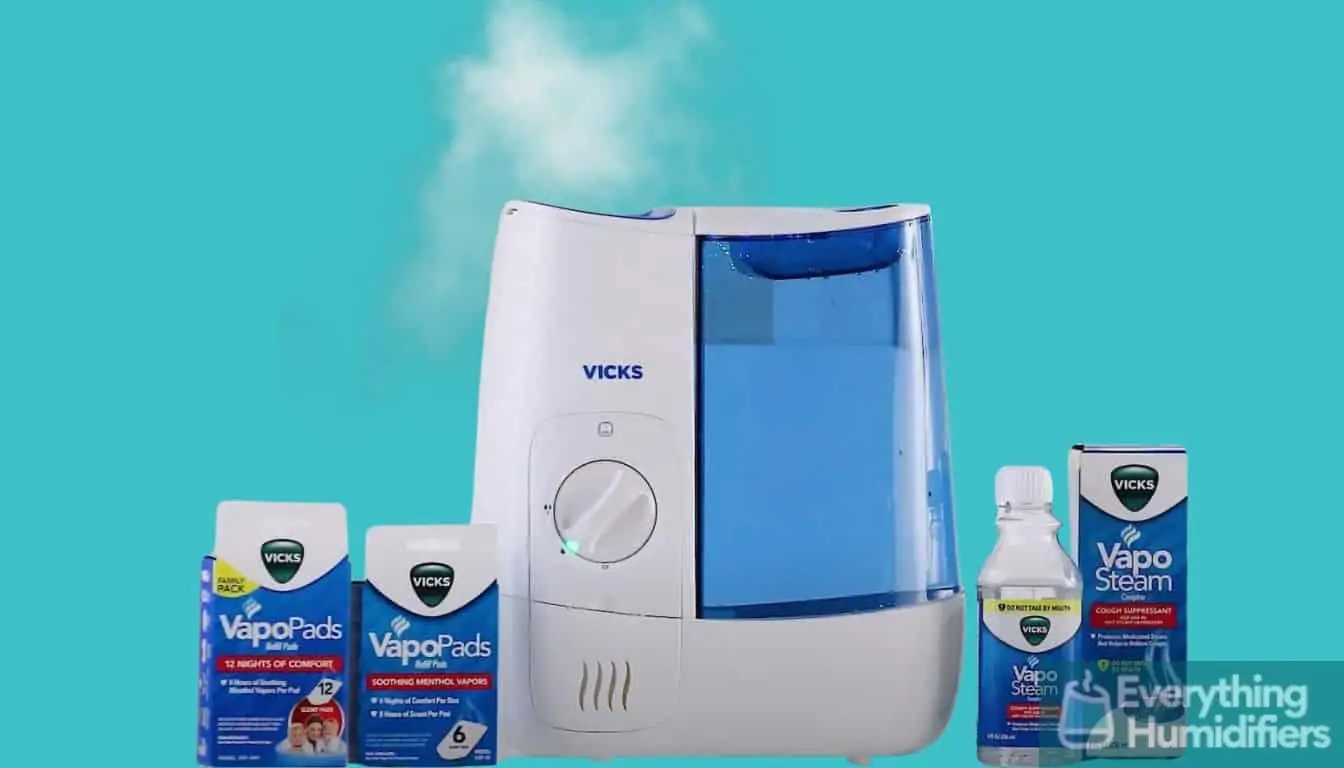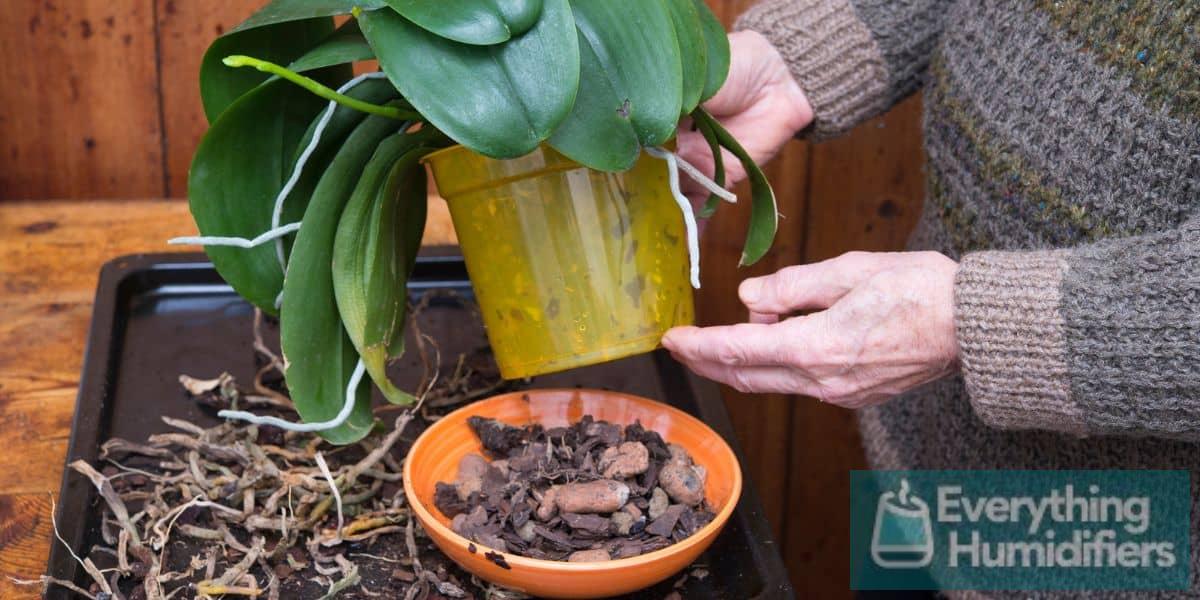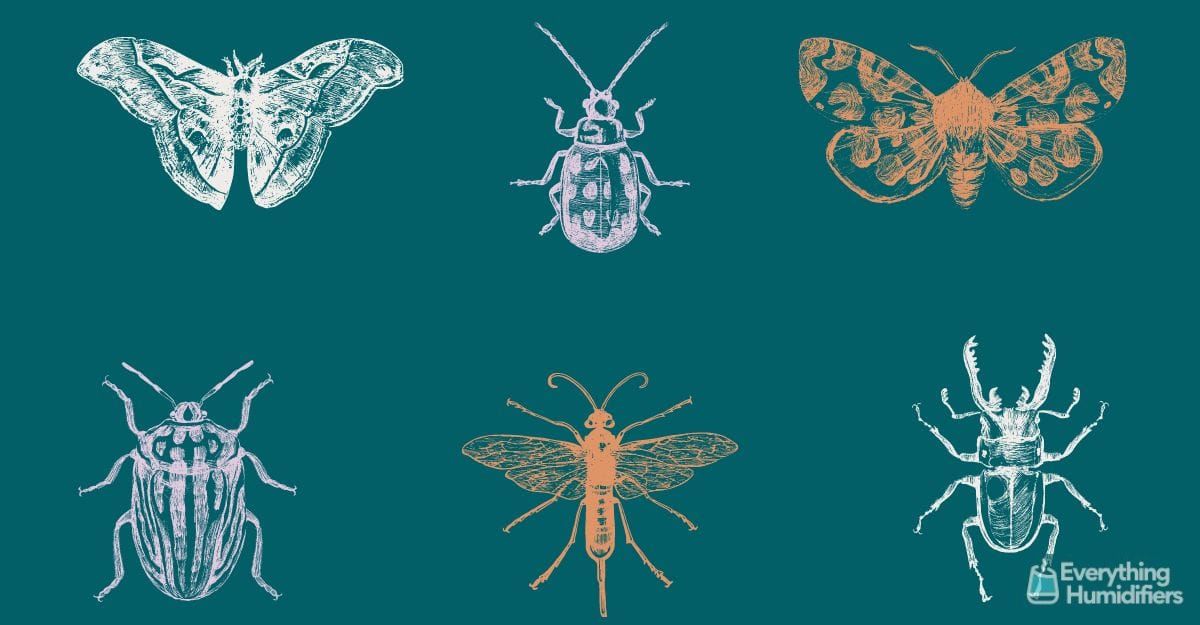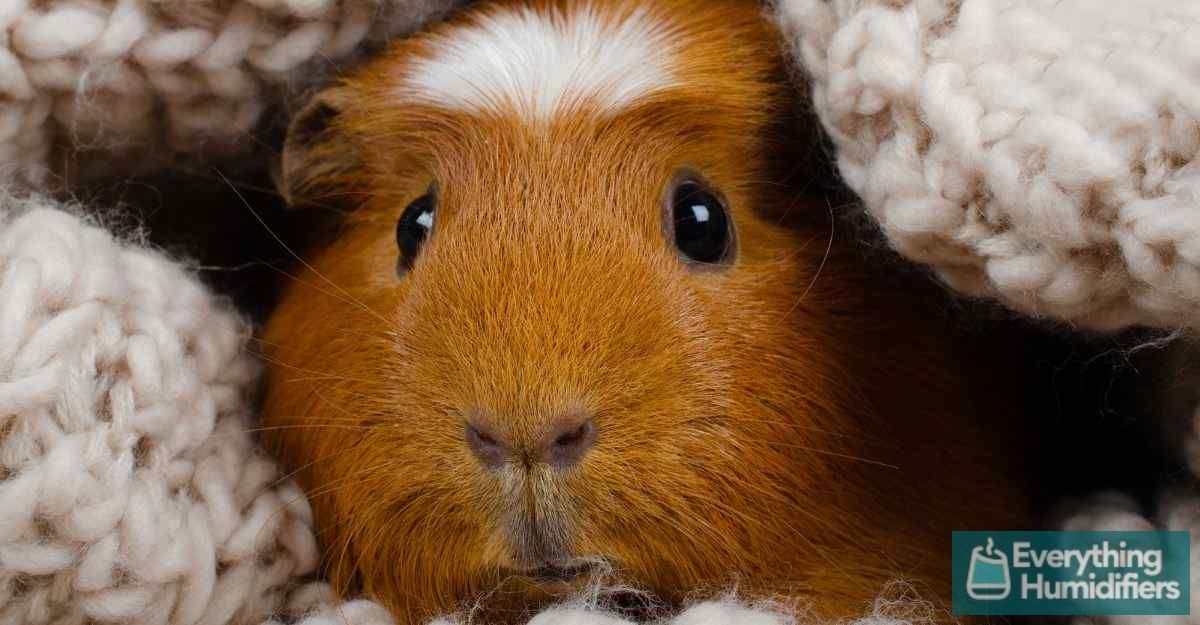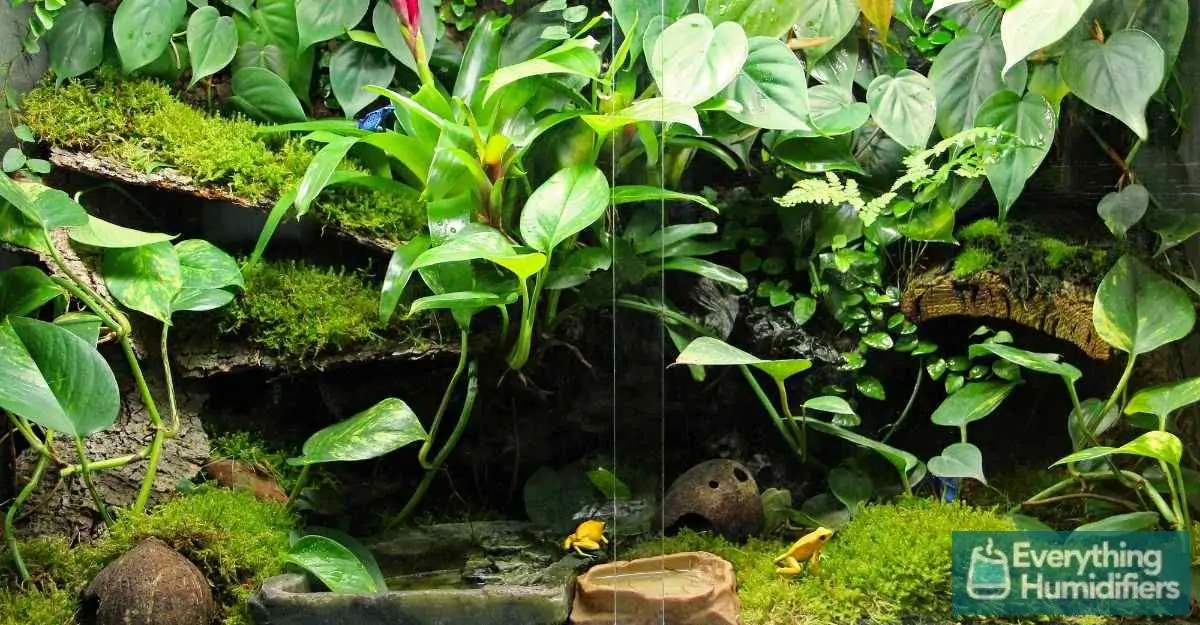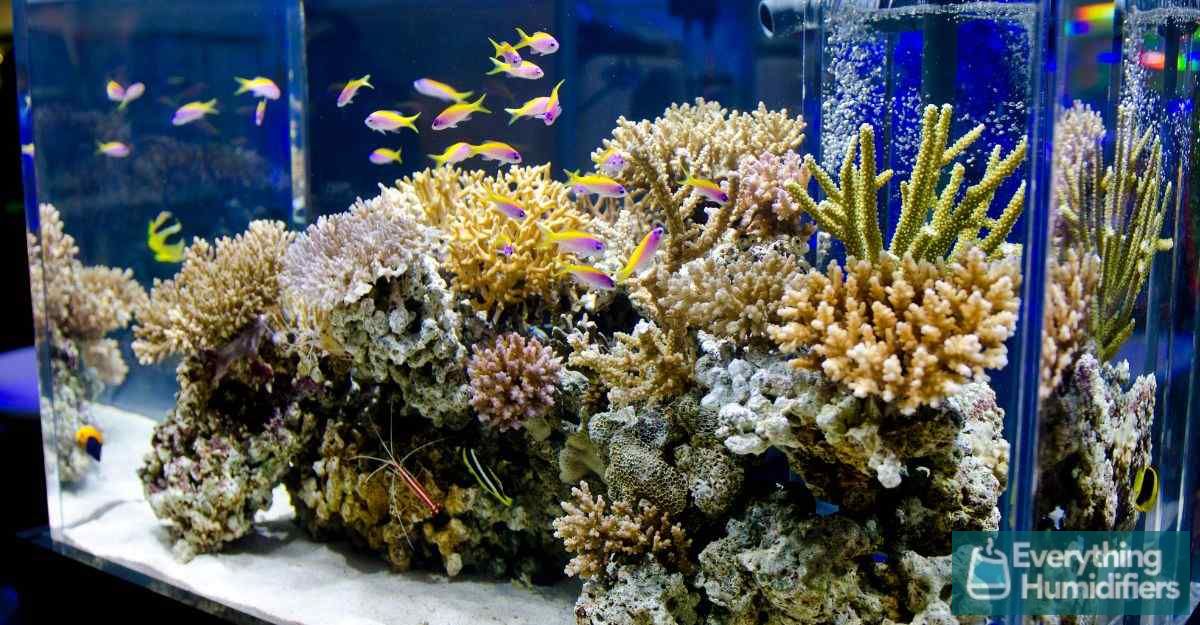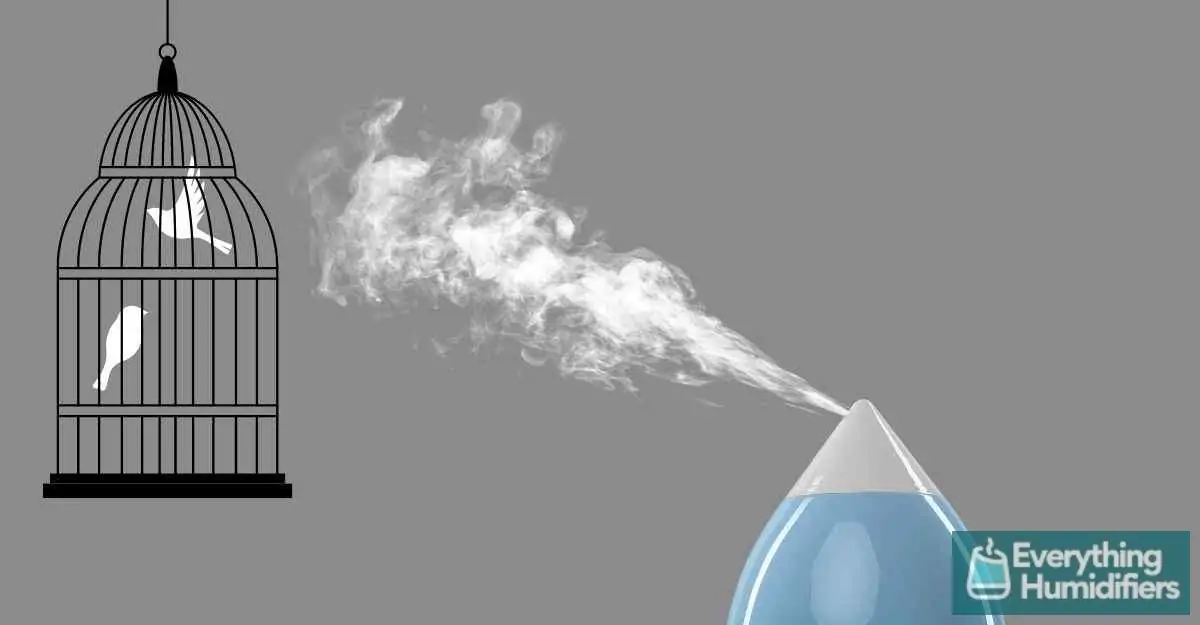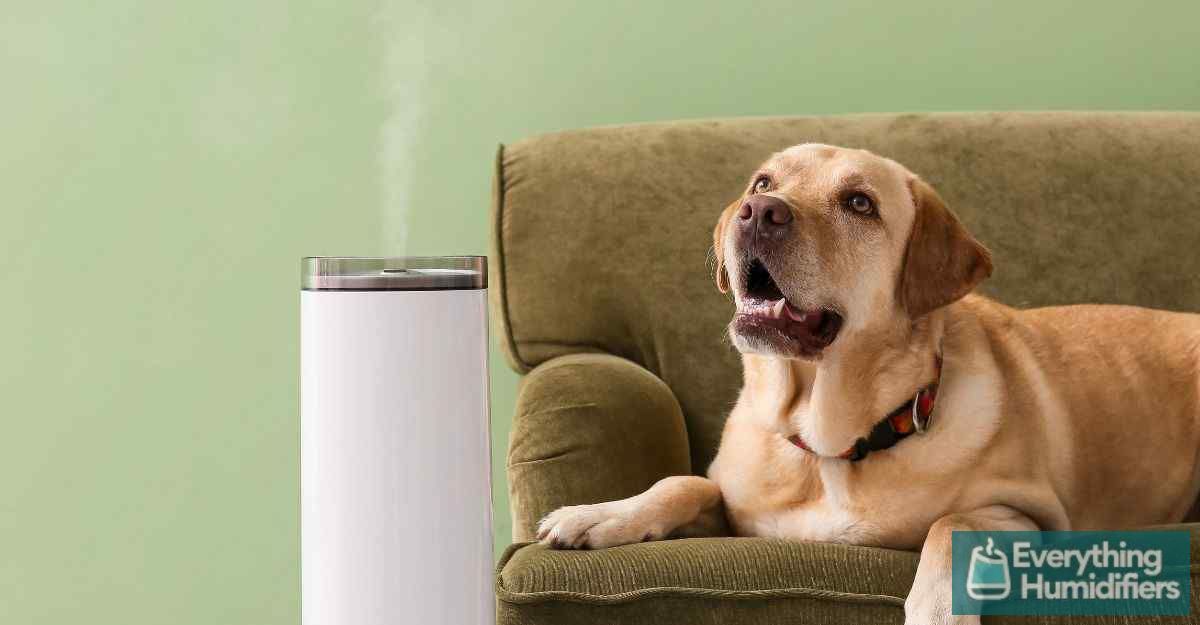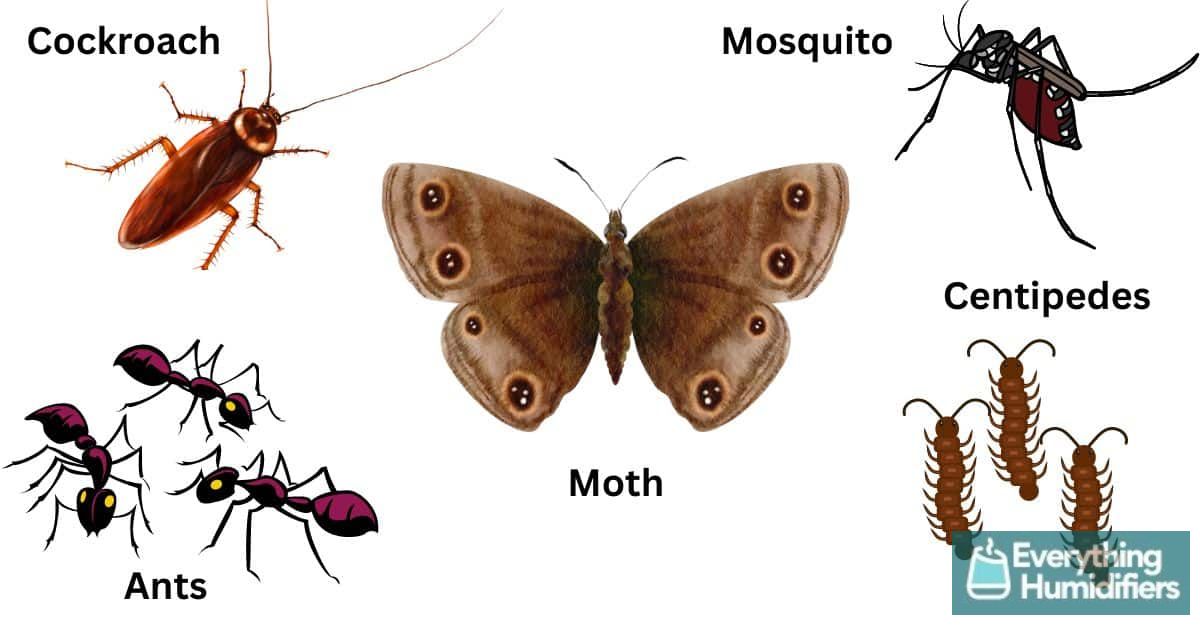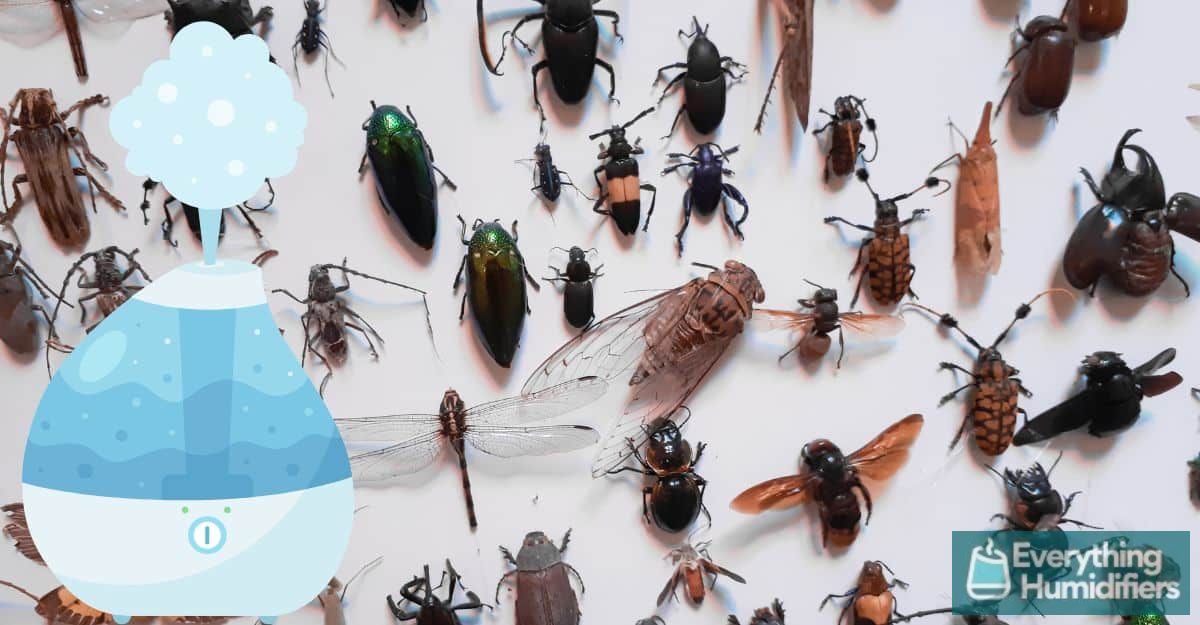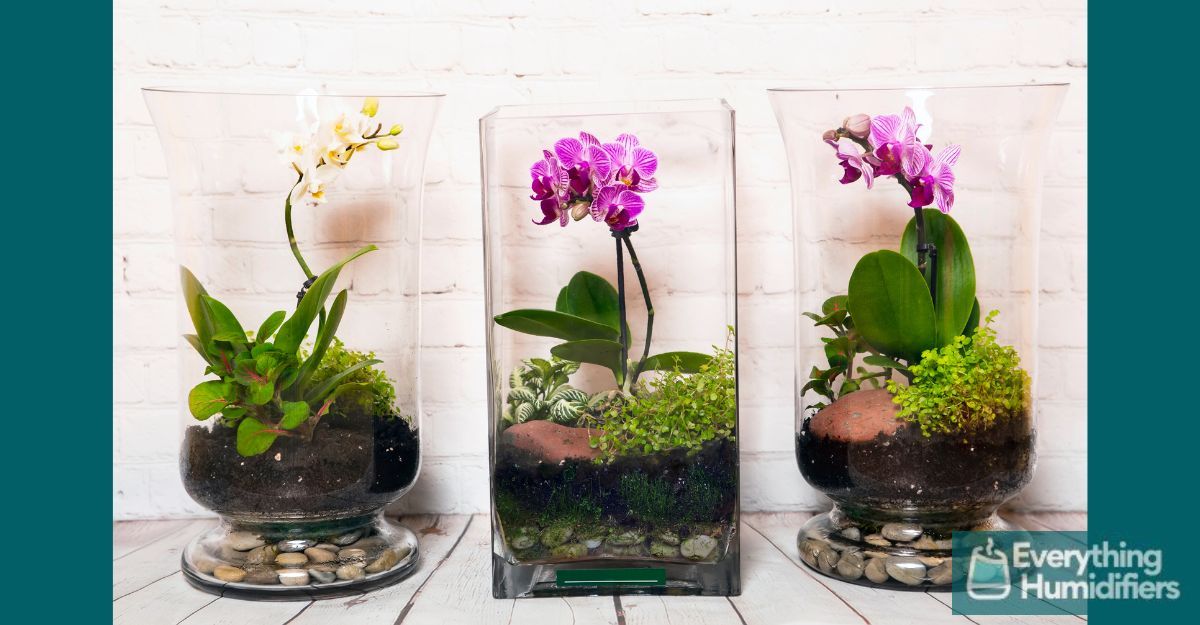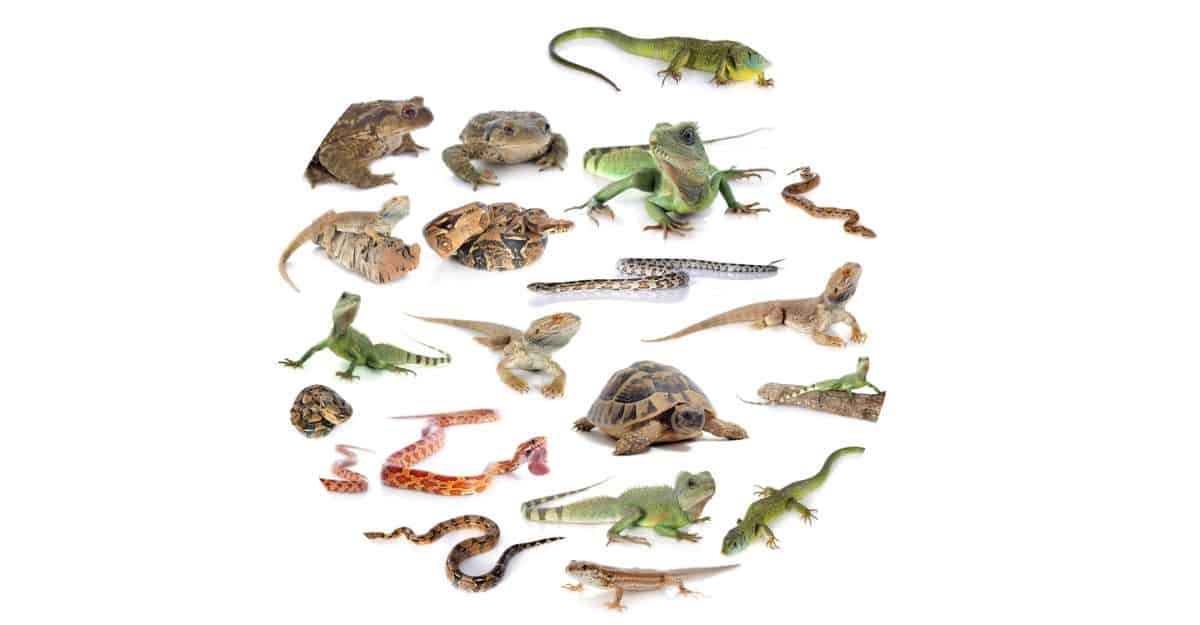Ferns are a popular choice for indoor plants due to their lush, green foliage and low maintenance requirements.
However, growing ferns indoors can be challenging due to the dry air that is often present in indoor environments.
To create the perfect conditions for growing ferns indoors, you may need to install a humidifier.
YES ferns like humidifiers because they enjoy high humidity levels of 60-80%. In your indoor garden, you need to maintain consistent levels and not let the humidity drop below 50%. Using a humidifier will help to maintain optimum humidity levels.
Most average homes have a humidity level of 30% to 60%. This is comfortable for people but probably won’t suit your ferns.
Ferns thrive in very humid, warm climates, where the humidity is often above 60% and can even go as high as 90%.
Think rain forests and dense tropical jungles!
Table of Contents
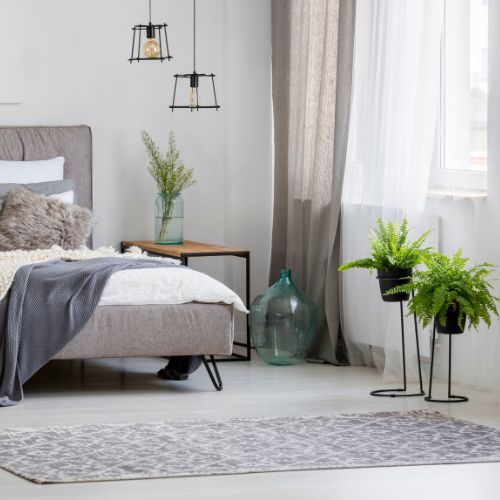
What are the best conditions for ferns?
While ferns are not difficult to grow indoors, they are very sensitive when it comes to humidity.
A low humidity reading of under 50% will create air that is too dry for these plants that thrive naturally in the shaded damp forests of the temperate and tropical zones.
These areas receive large amounts of rain, and coupled with a hot climate, experience high evaporation, increasing the levels of humidity.
A humidifier will create the same conditions in your home. It works by turning water in the tank into water vapor that is expelled into the air in the form of a fine mist.
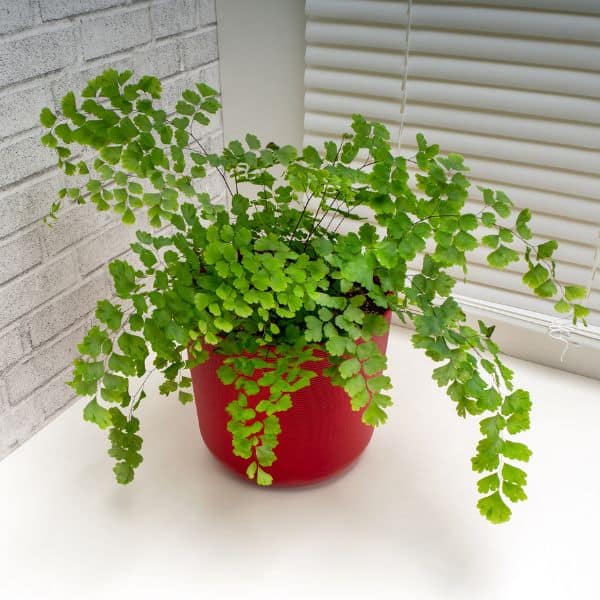
What humidity do ferns need?
Here are some examples of ferns and the optimum humidity needed for them to flourish.
- Rabbit’s Foot Fern (Davallia spp.) 60-90%
- Crispy Wave Fern (Asplenium nidus) 60-90%
- Holly Fern (Cyrtomium falcatum) 50-80%
- Boston Fern (Nephrolepis exaltata) 50-80%
- Maidenhair Fern (Adiantum spp.) 60-80%
- Silver Lady Fern (Blechnum gibbum) 60-80%
- Bird’s Nest Fern (Asplenium nidus) 60-80%
- Button Fern (Pellaea rotundifolia) 50-70%
- Brazilian Tree Fern (Blechnum brasiliense) 60-80%
- Australian Tree Fern (Cyathea cooperi) 60-80%
- Red Japanese Painted Fern (Athyrium niponicum ‘Regal Red’) 40-60%

How to maintain the best humidity for ferns
Ferns are sensitive and it is important to keep your humidity levels stable. If they fluctuate too much the plant may suffer from stress and eventually die.
Here are some things you can do to increase humidity and keep your plants moist.
Install a humidifier
Are humidifiers good for ferns? They certainly are!
The easiest way to create the perfect micro-climate for your fern garden is to install a humidifier. The device can be set to maintain optimum levels of humidity, ensuring that the conditions remain constant day and night.
Humidifiers come in all shapes and sizes and you can choose a model that is pleasing to the eye and blends in with your décor theme.
Smart humidifiers will turn off automatically when the desired humidity level is reached, and then turn back on again when it needs to be maintained. They will also alert you when the water tank needs refilling.
Misting
Spray misting is a good way to keep your plants moist. Spray water into the air around the plant at least once a day.
Be cautious of water accumulating on a table or shelf as this can cause damage.
Keep the soil damp
Watering your fern often will keep the soil damp. The problem with too damp soil is that the roots may start to rot and your plant will eventually die.
Set up a pebble tray
A pebble tray will increase humidity as the water evaporates. Pebble trays are also aesthetically pleasing and can form an integral part of your indoor garden décor display.
Use a terrarium
Terrariums are lovely miniature gardens enclosed in a clear container that is sealed to create the perfect climate for your ferns. Most terrariums, however, are small, and if you are looking to create a huge fern garden, this won’t be the best solution.
Don’t run air conditioners
Air conditioners dry out the air and decrease the humidity levels. They also create drafts that will damage your ferns. This also applies to heating and HVAC systems.
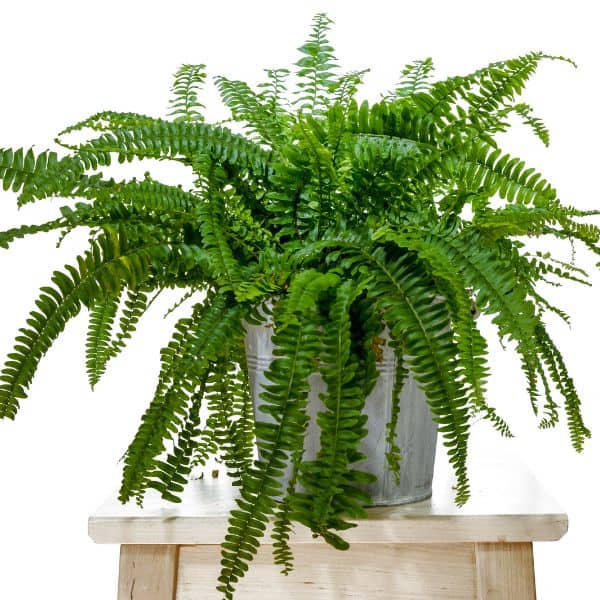
How to know if the humidity is too low or too high
For ferns, you ideally want it to record a level of 60% or over. Hygrometers are generally cost-effective and easy to operate.
Once you become an avid gardener you can easily see whether your fern is happy or not. Here are some tell-tale signs to look for:
Brown or yellowing leaves – Ferns that are living in a dry environment can develop brown or yellow leaves.
Wilting leaves – If the leaves appear to be limp or droopy, it is a sign that your soil is too dry, or that the humidity is too low.
Dry or crispy leaves – Dry leaves are the first sign of dry air and low humidity. Your plant is not getting enough moisture from the air to keep it healthy.
Slow growth – Slow growth generally indicates that the fern does not have the optimum growing conditions. This could relate to temperature, light, water, or humidity.
Fungal growth – Ferns that are not getting the correct amount of light or humidity can develop fungal growth on their leaves.
This is often related to humidity that is too high, and not too low! So, once again, monitoring your humidity level is vital.

How do I choose the best humidifier for my ferns?
Here are a few key factors to consider when choosing a humidifier for ferns.
Tank capacity and running time
Ideally, your humidifier should run for 24 hours or more before requiring a filling.
If the tank is too small, you will have to fill it more than once a day which can become inconvenient.
Easy to clean
Humidifiers must be cleaned regularly to prevent the growth of mold. Ensure that the model is easy to take apart, clean, and re-assemble.
Noise
Choose a device that has a very low noise level. You don’t want to hear a humming or buzzing sound when you are trying to work, rest, or sleep.
Mist control
This is a useful feature that allows you to change the direction of the mist stream for different plants requiring different levels of humidity.
Aesthetics
Choose a machine that is pleasant to look at and enhances your indoor garden.
Safety
Ensure that the device has an automatic shut-off feature. This will turn off the machine when the water runs low in the tank.
Growing ferns is not difficult and adds a wonderful lush, tropical vibe to any indoor garden.
It is also worth noting that a humidifier can be very beneficial for your family, as dry air can cause a number of health issues such as dry skin, nosebleeds, and respiratory problems.
An indoor garden is fun and rewarding. The proper humidity can help your plants to thrive.
All plants don’t require the same humidity levels; there are some things to consider before purchasing a humidifier for your plant family to ensure everyone is happy.
Explore more about the best type of humidifier to consider in the below article.
FAQs Do Ferns Like Humidity?
Do ferns like humidity?
Ferns thrive in high-humidity environments, making them an ideal choice for areas with moist conditions. Their preference for humidity stems from their evolutionary adaptation to grow in forest understories, where moisture levels are typically high. Providing adequate humidity levels, either naturally or through misting or humidifiers, can help maintain the health and vibrancy of ferns in indoor spaces.
Do ferns need humidity?
Ferns originate from tropical regions. Adequate humidity helps to maintain their lush foliage and prevents brown, crispy leaves. To ensure optimal growth, mist your ferns regularly or place them near a humidifier. Additionally, grouping them together or using a pebble tray filled with water can boost humidity levels.
Do pebble trays work for humidity?
Pebble trays can effectively increase humidity levels indoors. By filling a tray with water and placing pebbles on top, the evaporation process adds moisture to the air. This method is particularly useful for houseplants that require higher humidity levels. Pebble trays work as a simple and natural solution to maintain optimal humidity in your space.


